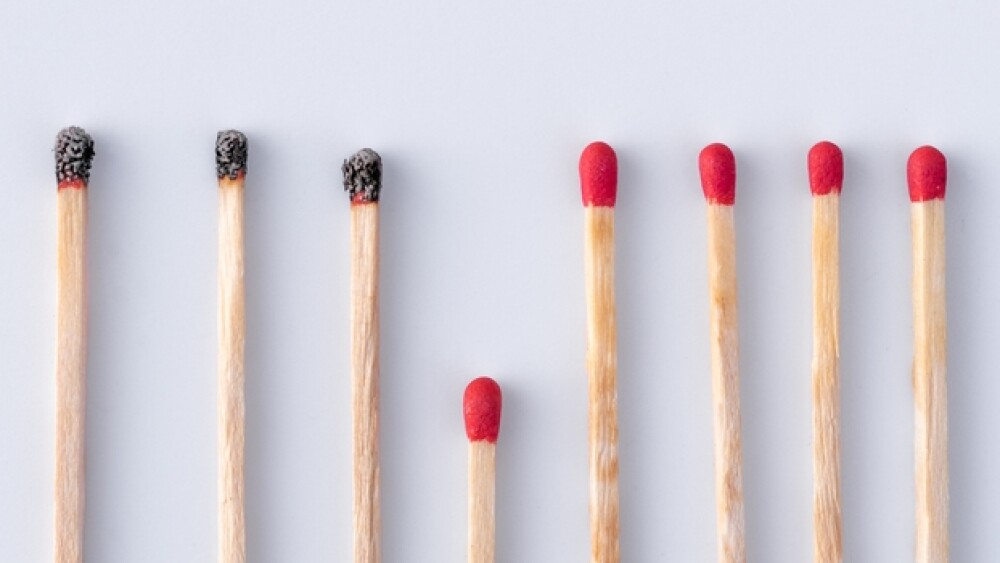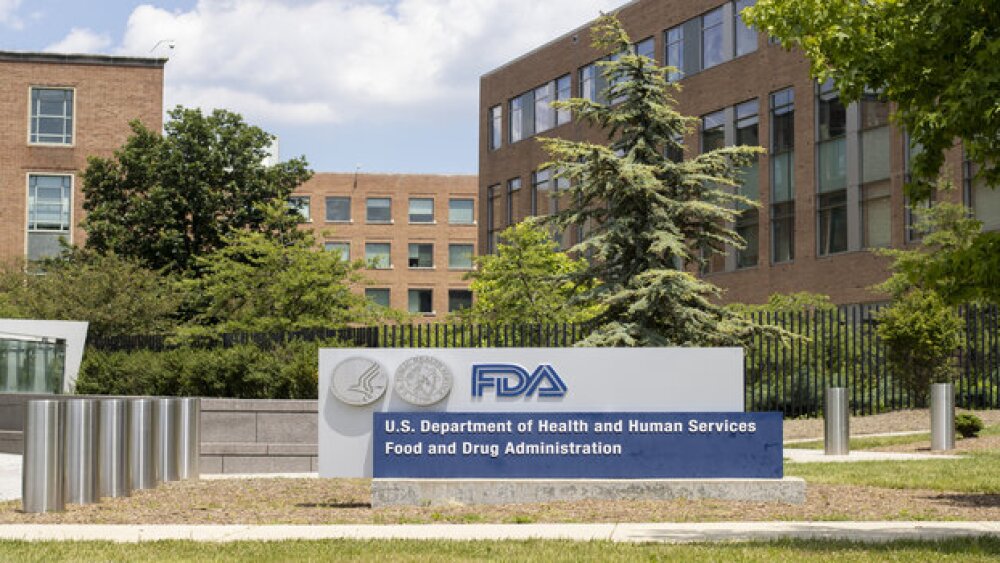Every week there are numerous scientific studies published. Here’s a look at some of the more interesting ones.
Every week there are numerous scientific studies published. Here’s a look at some of the more interesting ones.
Social Distancing Decreases Spread of COVID-19
By now, pretty much everyone in the world is aware of the need for social distancing to decrease the spread of COVID-19. The Lancet published research that described a new simulated Singapore model that describes the effectiveness of physical distancing. And by physical distancing, they mean quarantine for infected individuals and their families, school closures, and workplace distancing. They found those were the most effective at reducing the number of COVID-19 cases compared to other intervention studies.
“Should local containment measures, such as preventing disease spread through contact tracing efforts and, more recently, not permitting short-term visitors, be unsuccessful, the results of this study provide policy makers in Singapore and other countries with evidence to begin the implementation of enhanced outbreak control measures that could mitigate or reduce local transmission rates if deployed effectively and in a timely manner,” said Alex R. Cook, National University of Singapore.
The authors of the study created an individual-based influenza epidemic simulation model that took into account demographics, individual movement, and social contact rates in workplaces, schools, and homes. They used to this estimate the probability of human-to-human transmission of SARS-CoV-2. This included how infectious an individual is over time, the proportion of the assumed asymptomatic population (7.5%) and took in other factors such as mean incubation period (5.3 days) and the duration of hospital stay after onset of symptoms (3.5 days).
With this model, they estimated the cumulative number of SARS-CoV-2 infections at 80 days, after detection of 100 cases of community transmission. They then investigated various other scenarios.
One conclusion was that social distancing works. Another conclusion was that if social distancing was ineffective, for a variety of reasons, countries may be required to implement more stringent measures, which have numerous ethical considerations. This prompted a second article in The Lancet Infectious Diseases that addressed the scientific and ethical basis for social-distancing interventions.
Blood Platelets Cause Organ Damage after Heart Surgery
Investigators at Duke University Medical Center found that the damage to the kidney and other organs after heart surgery are actually triggered by a massive inflammatory response. They found that the heart can be fixed, but it seems to cause a different type of injury that can be dangerous. They found that activated platelets attach to the blood vessel wall, which brings them close to mast cells. They trigger mast cells, which launch very strong inflammatory responses, including life-threatening allergic reactions like anaphylactic shock.
Using Mass Cytometry to Hunt for New Cancer Drug Combinations
Researchers at the Walter and Eliza Hall Institute and Stanford University utilized mass cytometry to simultaneously analyze the levels of more than 20 different proteins in millions of individual blood cancer cells. This allowed them to identify how the cells reacted to different cancer drugs, which they then used to identify potential new anti-cancer drug combinations. The new system was mass cytometry, which simultaneously and precisely measured 26 different proteins in a blood cancer cell line derived from myeloma.
Possible New Drug Combination for Chronic Myeloid Leukemia
A team at the Duke-NUS Medical School used a technique dubbed polycomb repressive complex (PRC) to change the regulation of a group of genes that drive blast crisis progression in CML. CML is a blood cancer typically controlled by long-term use of a tyrosine kinase inhibitor (TKI). If patients stop taking it, the CML recurs. About 10% of patients become resistant to TKIs and go into blast crisis. They used their understanding of PRC to devise novel drug combinations that reversed the downstream effects of the PRC in BC. They are now working on ways to identify CML patients at risk of BC transformation.
COVID-19 Coronavirus Might—Might—be Seasonal
Four separate research groups in the U.S., Australia and China analyzed how temperature and humidity affect the coronavirus and they predict that hot summer months could decrease the presence of the virus in the Northern Hemisphere. But they also predicted it would come back in autumn, when the humidity drops and temperatures cool down.
One group, out of the Harvard T. H. Chan School of Public Health, published the research in medRxiv. They wrote, “We project that recurrent wintertime outbreaks of SARS-CoV-2 will probably occur after an initial pandemic wave.”
“We should prepare for annual or sporadic outbreaks every few years,” said Stephen Kissler, a biomathematician and lead author of the study, told the Wall Street Journal.
The senior author of the same study, Marc Lipsitch, professor of Epidemiology and director, Center for Communicable Disease Dynamics at the Harvard T.H. Chan School of Public Health, wrote an article addressing the issue. One of the conclusions of the papers, though, is that although it might be possible that the coronavirus will fade in warmer weather, it may also recur in the fall. As a result, social distancing and isolating infected patients is a more effective response than to wait for warmer weather.
Cancer Cells Inject Normal Cells, Which Could Lead to New Approaches to Treatment
Cancer cells are noted for their diversity. This was assumed to be related to genetic variability. However, a group of researchers at the University of Sydney in Australia have discovered that cancers cells exchange contents with surrounding healthy cells called fibroblasts. This has been known for some time, but the research, published in Biophysical Journal, explains how. All cells use tentacle-like cell projections to constantly probe each other. They reach out, poke, then retract. When the cell project retracts, fluid pressure inside the projection briefly increases, which forces cytoplasm in the cells back into the cell body.
The research, led by Hans Zoellner, utilized time-lapse video of cells, mathematical modeling, cell experiments and computer simulations. What they identified is what they are calling “cell-projection pumping.”
Zoellner said, “This is a whole new cancer target. Now that we know it’s happening, we can think about trying to block it, and work towards better outcomes.”
The authors wrote, “Time-lapse observations of co-cultured cells led us to hypothesize what we believe to be a novel hydrodynamic mechanism transferring cytoplasm between cells. Similar transfer by other mechanisms markedly affects cell behavior. Combined mathematical modeling, satisfaction of predictions from the mathematical model in cell culture experiments, and separate computer simulations that generate outcomes similar to experimental observations, support our hypothesized mechanism.”





